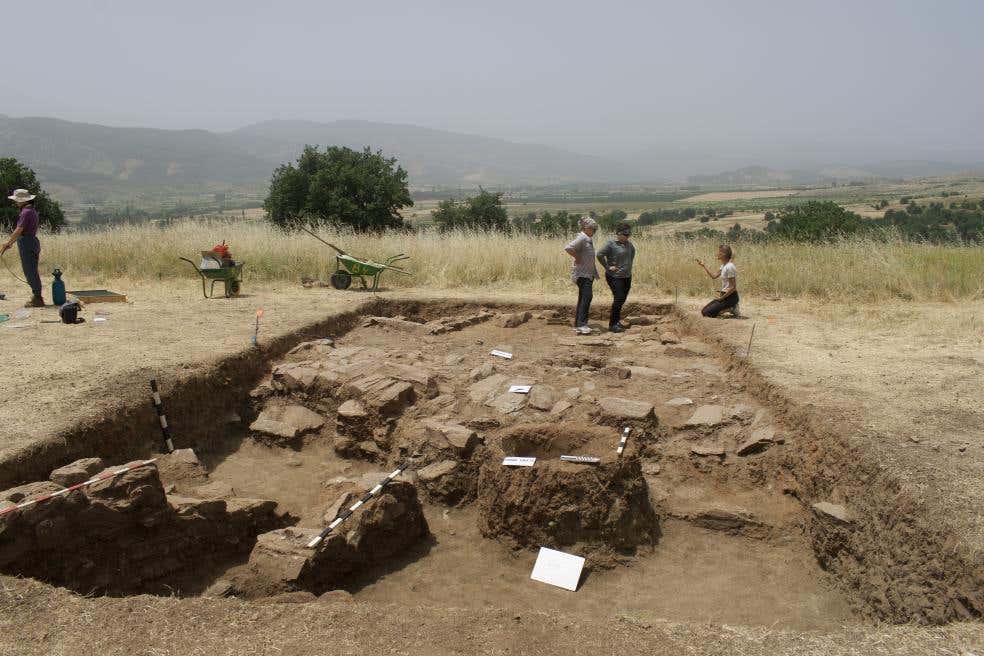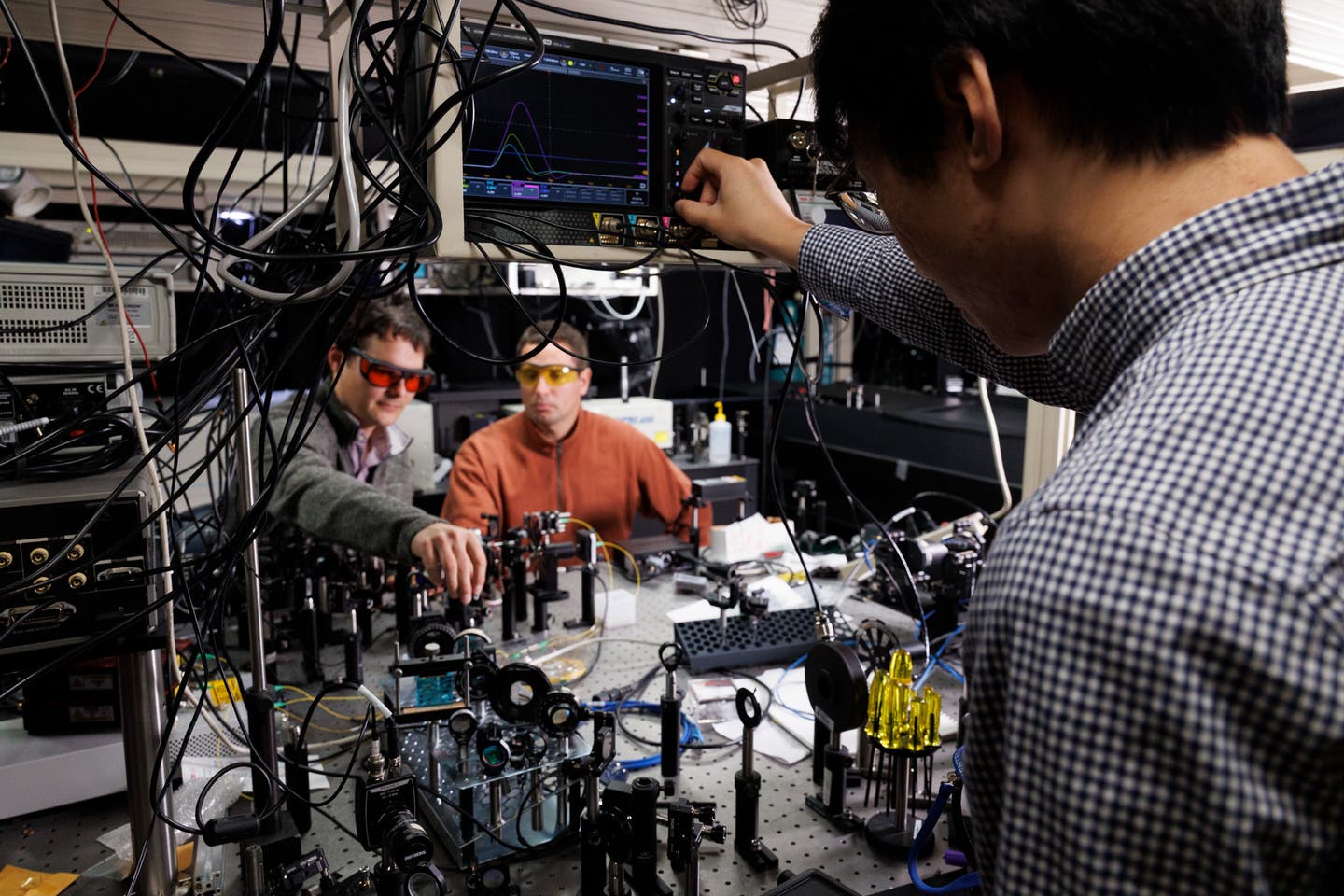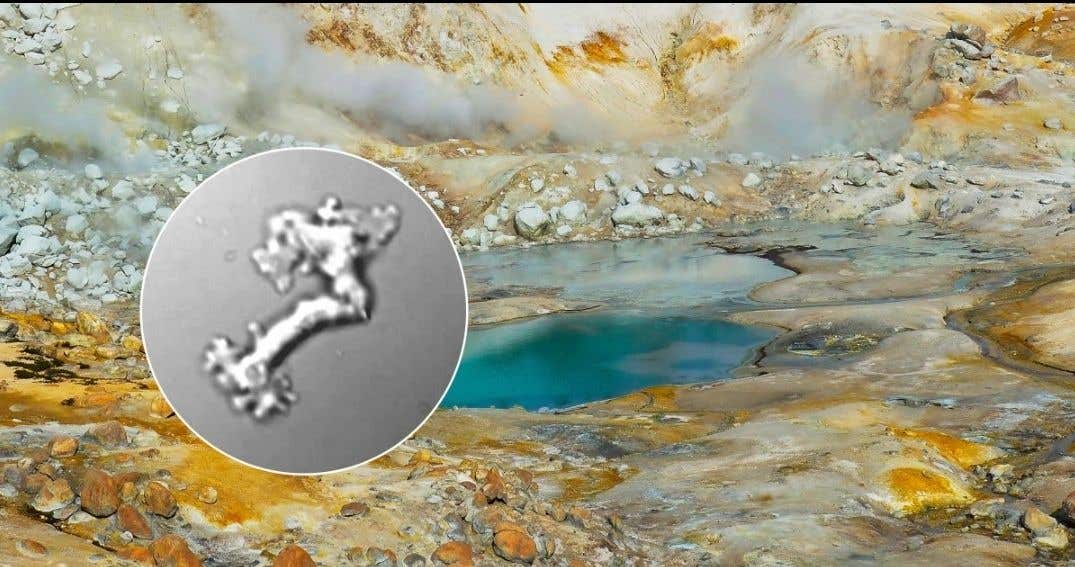Lost city linked to Alexander the Great discovered in North Macedonia: Predates Rome by centuries
Deep beneath the soil of North Macedonia, near the village of Crnobuki, a long-lost city is emerging from the shadows of history. For decades, archaeologists believed these ruins were simply…

Cal Poly Humboldt researchers traveled to North Macedonia in summer 2024 to participate in the excavation. (CREDIT: Cal Poly Humboldt)
Deep beneath the soil of North Macedonia, near the village of Crnobuki, a long-lost city is emerging from the shadows of history. For decades, archaeologists believed these ruins were simply the remains of a Roman-era military outpost. But new findings are rewriting the story of this site—now known as Gradishte—and uncovering what may be one of the most important cities in early European history.
Thanks to new excavations and advanced technology, researchers now believe this city predates the Roman Empire by centuries, maybe even by thousands of years. What was once dismissed as a fortress on the edge of Rome’s influence is now thought to be the lost capital of the ancient Kingdom of Lyncestis. The city may even be the birthplace of Queen Eurydice I, the grandmother of Alexander the Great.
Ancient clues reveal a deeper past
Although Gradishte was first mentioned in literature in 1966, little was known about it until recent years. It was only through careful excavation and the use of remote-sensing tools like LiDAR (Light Detection and Ranging) and ground-penetrating radar that the full scope of the site began to appear.
In 2023, a research team led by North Macedonia’s Institute and Museum–Bitola and California State Polytechnic University, Humboldt (Cal Poly Humboldt) uncovered the foundations of an acropolis that spans over seven acres. The size and layout revealed that this was not just a defensive post. It was a fully developed city.
Nick Angeloff, an archaeologist and anthropology professor at Cal Poly Humboldt, describes the find as “a once-in-a-lifetime discovery.” According to him, the acropolis was designed to protect an entire population from attack. “We see the array of infrastructure required to hold a city inside fortress walls,” he said. “It has become very clear, using technology, that the fortress was designed to hold a city.”
One of the more surprising finds was a small clay theater ticket. Most ancient theater tickets were made of metal and reused, making this discovery especially rare. “There’s never been a location in North Macedonia with a theater ticket that didn’t have a theater,” Angeloff said. Using LiDAR data, the team believes they’ve located what appears to be a Macedonian-style theater—not a Roman one—adding further weight to the city’s early origins.
Related Stories
Artifacts rewrite the city’s timeline
The most groundbreaking find was a coin minted between 325 and 323 BCE—during the lifetime of Alexander the Great. This coin pushed the city’s timeline back more than a century earlier than researchers had thought. Previously, they believed the city had been built during the reign of King Philip V, which was between 221 and 179 BCE.
Other recovered items include stone axes, fragments of ceramic vessels, game pieces, textile tools, and even a possible clay ticket to a theatrical performance. These artifacts suggest the city was not only inhabited during Alexander’s time but may have been settled as far back as the Bronze Age, between 3,300 and 1,200 BCE.
Carbon dating of bones and charcoal found at the site places its use between 360 BCE and 670 AD. That wide range shows the city’s long period of influence, from before the rise of the Roman Empire to well into the early medieval period.
“This discovery is significant,” Angeloff explained. “It highlights the complex networks and power structures of ancient Macedonia, especially given the city’s location along trade routes to Constantinople.”
Some historians believe famous military leaders such as Octavian and Agrippa may have passed through this city on their way to fight Cleopatra and Mark Antony at the Battle of Actium. Such connections place the site not just on the map of ancient Macedonia, but at the crossroads of broader world history.
Could this be the lost city of Lyncus?
As more artifacts are uncovered, the theory that this site was the capital of the Kingdom of Lyncestis grows stronger. The kingdom was settled in the 7th century BCE and later absorbed by King Philip II, the father of Alexander the Great, in 358 BCE.
“Every indication is pointing toward this being the city of Lyncus, within Lyncestis,” said Angeloff. Historical records suggest Queen Eurydice I, Alexander’s grandmother, may have been born here. Her political influence helped shape the rise of Macedonia and its push toward empire.
“The ancient Macedonian state played a major role in the world’s history,” said Engin Nasuh, curator-advisor archaeologist at the National Institute and Museum–Bitola. “It is a civilization that helped shape today’s understanding of the world and the desire to connect different civilizations and cultures.”
The potential for discovery doesn’t end there. According to Nasuh, the city is only partially excavated. The work is ongoing, with teams of students and researchers from both the National Institute and Cal Poly Humboldt continuing to explore the site.
Technology offers a new view of the past
This project has used some of the most advanced tools in modern archaeology. LiDAR, funded by Cal Poly Humboldt’s College of Arts, Humanities & Social Sciences, allowed researchers to see beneath dense vegetation and soil. This helped them map structures that are invisible to the naked eye.
Angeloff explained how the technology has reshaped the dig. “We were able to overlay and see what was underneath the ground,” he said. “The acropolis, which sits on a flat hilltop, has enough rooms and infrastructure to support a city within fortress walls.”
This technology-driven approach has also helped prove something long suspected: the ruins once seen as minor are part of a much larger and older network of cities. These settlements formed the backbone of Macedonian power and culture long before Rome ever crossed the region’s borders.
Nasuh believes each new artifact is part of a larger historical picture. “All these studies are just a small part of the research of early European civilizations,” he said. “I see it as a large mosaic, and our studies are just a few pebbles in that mosaic. With each subsequent study, a new pebble is placed, until one day we get the entire picture.”
That mosaic is far from complete. But with each coin, pot, and structure uncovered, the story of ancient Macedonia becomes clearer. It’s not just the tale of one city. It’s the rediscovery of a forgotten world.
Note: The article above provided above by The Brighter Side of News.
Like these kind of feel good stories? Get The Brighter Side of News' newsletter.



